Live vs Automated Webinars: Which Format Fits Your Marketing Goals?

Webinars have become more than a marketing tool, they're a strategic engine for growth. Whether you're nurturing leads, onboarding users, or educating your market, choosing between live and automated webinars can significantly impact your results.

Each format offers distinct advantages. Live webinars bring real-time interaction and immediacy, while automated webinars (sometimes called pre-recorded, simulated live or simulive) shine in scalability and consistency. Picking the right approach isn't just about preference it's about aligning your delivery method with your audience, resources, and business goals.
In this article, you'll discover the key differences between the two formats, when to use each, and how to combine them to build a powerful, flexible webinar strategy. From lead generation to customer training and brand-building, we’ll help you navigate the evolving landscape of webinar marketing in 2025.
Understanding the Webinar Landscape in 2025
What Is a Live Webinar and How Does It Work in Practice?
A live webinar is a real-time, interactive online event where a host presents to a live audience, often with opportunities for two-way engagement. Think of it like hosting a virtual keynote or workshop. The presentation is typically structured, but the energy comes from the audience questions, reactions, polls, and chat drive the flow.
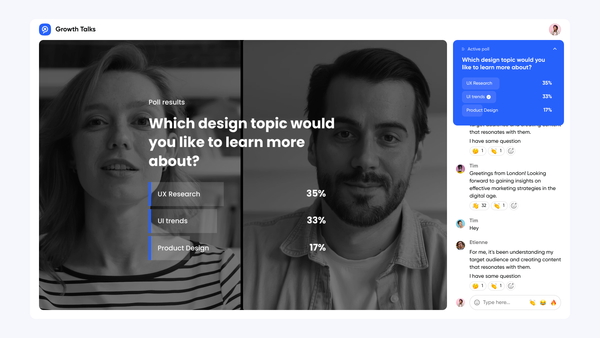
Live webinars are ideal when you want to create a sense of urgency or direct interaction. They're great for launching new products, running limited-time offers, or holding internal town halls. The format allows you to respond on the spot, build trust, and generate momentum. Plus, they give attendees the feeling of being part of a live session, which can enhance engagement and retention.
What Is an Automated Webinar?
An automated webinar sometimes called an evergreen webinar is a pre-recorded presentation that’s played back on a schedule or made available on demand. Think of it as your best performance, polished and repackaged for scale.
These webinars are powered by automation tools that simulate a live experience. You can enable features like scheduled chat and polls to keep things interactive despite the content being pre-recorded. This makes them perfect for scaling customer education, running ongoing lead-gen campaigns, or delivering product demos across time zones.
Because they don’t rely on a presenter being live, automated webinars can run 24/7, making them a powerful asset for global businesses or smaller teams with limited bandwidth.
Why Compare Both Live and Automated Webinar Formats?
Live and automated webinars serve different purposes and different stages of the funnel. Comparing them helps you choose the right format for each marketing objective. It’s not just about interactivity vs automation; it’s about what your team needs more of right now: personalization, reach, or efficiency.
A live session might be the best choice for high-touch demos or events requiring Q&A. An automated format might be more suitable for recurring training or scalable lead capture. The right mix of both can unlock better ROI, reduce strain on your team, and deliver a more seamless experience to your audience.
Comparing Live and Automated Webinar Experiences
Real-Time vs Pre-Recorded: Presentation Style and Flow
At the heart of the difference is timing. Live webinars happen in real time, which means the energy is dynamic, the content can shift based on audience feedback, and the presenter has full control over the delivery. This format is especially useful when the audience needs to feel like they’re part of a real event it’s about connection as much as content.
Automated webinars, in contrast, follow a controlled path. You design the flow once, and that same experience can be delivered over and over. This ensures consistency and polish, even if you're delivering it to hundreds of participants in different locations or time zones. It's perfect when your message needs to stay on script, like during product announcement or compliance training.
How Do They Engage Audiences? (Chat, Polls, Interaction)
Audience engagement is often the make-or-break factor in a webinar’s success. Live webinars excel here: presenters can use live chat, launch polls, run real-time quizzes, and respond instantly to questions. These interactions not only keep attendees engaged, they also give you live insight into what your audience thinks and feels.
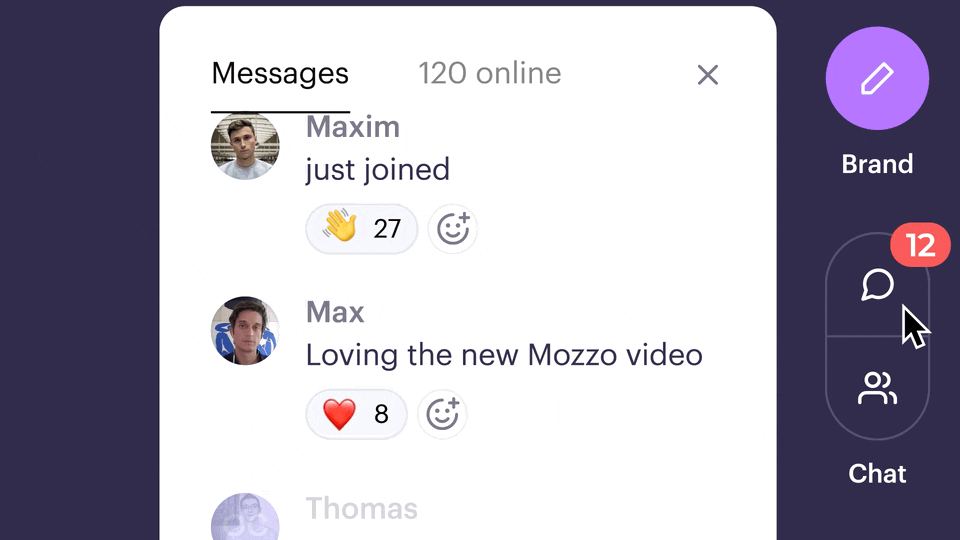
Automated webinars don’t mean passive watching. Thanks to smart platforms, you can pre-schedule polls, chats, and Q&As that simulate live interaction. For example, you can insert a chat box at a key point in the video that invites questions or enables viewers to click a CTA. It’s not the same as being live but it can be surprisingly effective when designed with care.
Tools and Platforms Required to Host Each Format
To host either format, you’ll need a webinar platform that aligns with your tech stack and goals. Live webinars require solid webinar hosting tools with stable video streaming, audience engagement features, and integrations with CRMs or marketing tools. You’ll also need to consider bandwidth, presenter support, and backup plans in case anything goes wrong during the event.
Automated webinars, on the other hand, are all about workflow automation. The platform needs to support pre-recorded content, interactive scheduling, and seamless delivery to different time zones and devices. The best tools also allow on-demand access, replay control, and segmentation of attendees for retargeting.
Audience Size, Scalability and Reach Potential
One major reason teams love automated webinars: they scale effortlessly. Whether it’s 10 or 10,000 viewers, an automated event can be streamed without additional strain on your infrastructure or team. You can serve a global audience, at any time, in multiple time zones without lifting a finger once it's live.
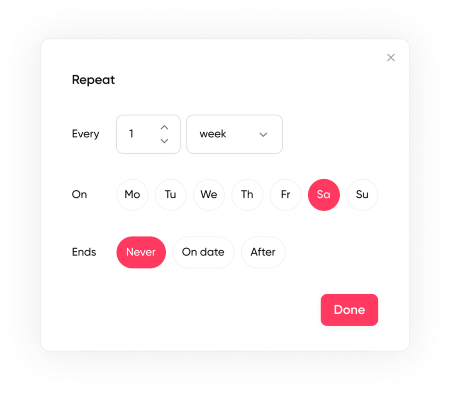
With live webinars, audience size is often limited by logistics your platform’s capacity, your team’s availability, and the complexity of engaging large groups in real time. That said, a live webinar can create a stronger connection with a smaller, high-intent group, especially for enterprise sales or VIP events.
Measuring Results: Conversion, Replay, Evergreen Content
Both formats can drive strong results but how you measure success will differ.
For live webinars, key metrics include registration-to-attendance rate, audience engagement (polls, chats), and conversion during the event. You also get qualitative feedback how did the session “feel”? Did people stay until the end?


Easy Webinars With All the Metrics You Need Built-In
Start for free up to 30 registrants. No credit card needed.
Start for freeWith automated webinars, metrics are more scalable and content-driven. You’ll look at replay performance, CTA click-throughs, conversion rate from email to registration, and whether viewers engaged with specific sections of the presentation. Plus, the content itself becomes an asset you can repurpose it as an evergreen lead magnet, a video series, or even a podcast episode.
Use Cases: When to Choose Live, Automated, or Both
Lead Generation: Which Type Converts Best?
For high-intent lead generation, live webinars create urgency and a “don’t miss this” feeling. The limited-time nature of a live session encourages more immediate sign-ups and stronger participation. They also allow your sales team to engage hot leads during or just after the session.
Make sure you're tracking where registrants come from using UTM parameters. This can help you write better follow ups.
Automated webinars work brilliantly at scale. Once they’re running, you can feed traffic from ads, email campaigns, or SEO into the funnel and collect leads continuously. These formats shine when your goal is consistent lead flow over time, especially if you’ve nailed your conversion messaging.
Customer Onboarding and Product Training
For educating new customers or training users, automated webinars win on convenience and efficiency. A well-crafted recorded presentation can walk users through key steps, features, or best practices available any time, anywhere.
However, for more advanced or enterprise customers, a live session can be valuable to answer complex questions or provide hands-on guidance. In practice, most teams blend both formats: an automated session to cover the basics, and live follow-ups for deeper learning.
Internal Communication and Live Corporate Events
For internal team updates, all-hands meetings, or executive announcements, live webinars provide immediacy, alignment, and energy. When employees can see leadership live, ask questions, and respond in real time, it builds transparency and trust.
That said, recording and repurposing these live events ensures that no one misses out. Many organizations choose to stream live and archive for future access, creating a balance of engagement and accessibility.
Educational Webinars and Demand Generation
Educational content especially thought leadership can benefit from both formats. A live session with an expert panel encourages interaction and builds credibility. Meanwhile, automated sessions allow you to scale that same session across time zones and campaigns.
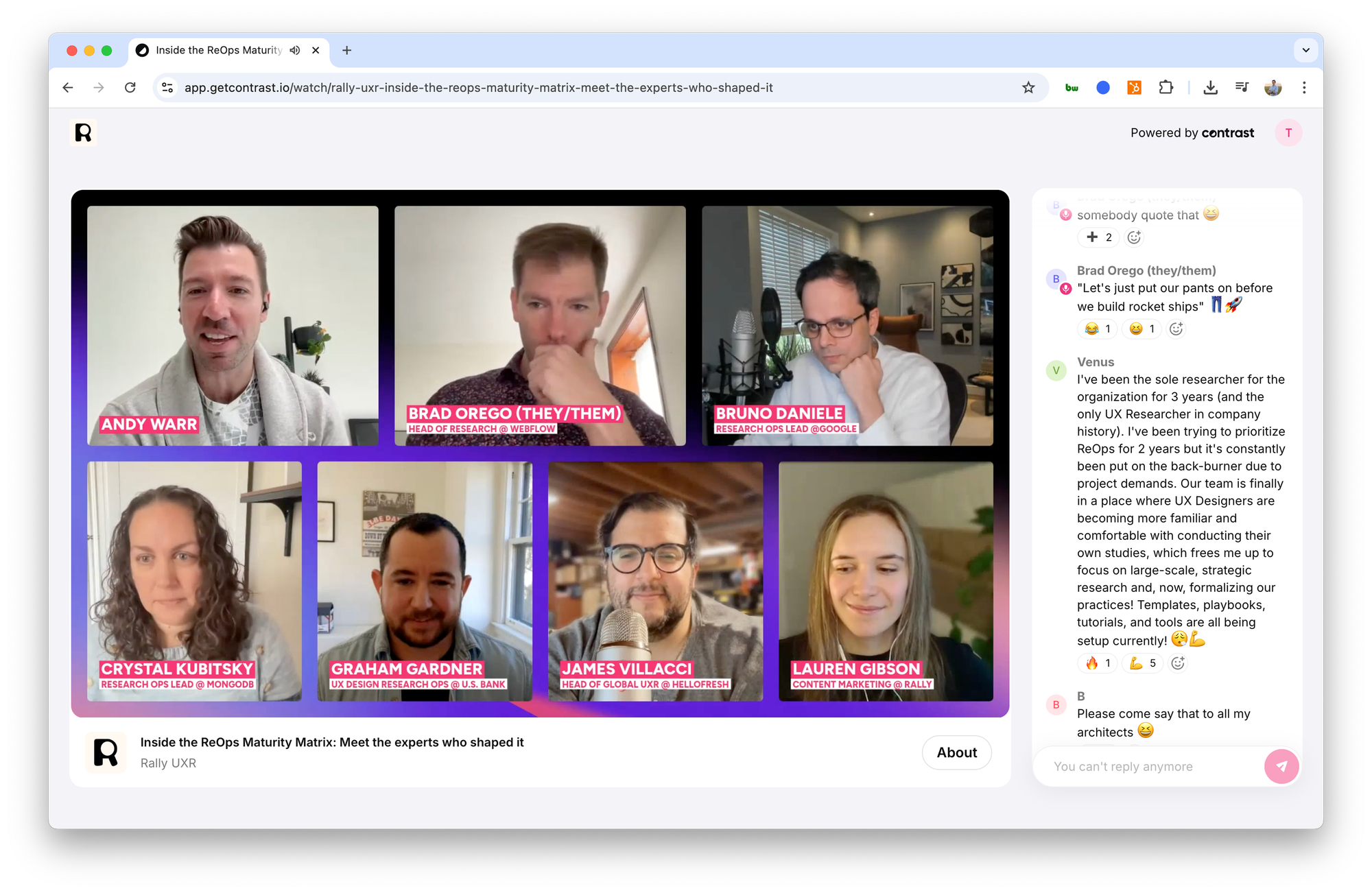
The key here is intent. If the goal is to engage prospects and deliver content at scale, automation will help. If the priority is to interact and gather feedback, live is the way to go.
Hybrid & Simulive: A Smart Approach to Scale Engagement
Why choose one when you can combine both? A simulive webinar blends the polish of a pre-recorded video with the interaction of a live chat. It’s perfect when you want to control the presentation flow, but still offer a sense of presence and engagement.
Many marketers are now embracing the hybrid approach using automation for scale and live interaction for impact. With the right platform, you can even simulate a live session, including chat windows, poll triggers, and presenter bios, without needing to be on camera.
Benefits and Limitations of Each Format
What Are the Benefits of Live Webinars?
Live webinars thrive on human energy. They allow presenters to read the virtual room, adapt to feedback, and create an engaging two-way conversation. This immediacy is perfect for building trust, answering objections, and demonstrating thought leadership in real time.
They’re also excellent for time-sensitive campaigns product launches, flash sales, or live Q&A sessions. The urgency of a scheduled live event can drive attendance and boost engagement. Plus, real-time interaction through polls, quizzes, and live chat makes the audience feel like participants, not just viewers.
What Are the Advantages of Automated Webinars?
If live webinars are about connection, automated webinars are about scale and efficiency. They’re always available on-demand, worldwide, and without presenter fatigue. This makes them ideal for onboarding, nurture sequences, or high-volume lead generation campaigns.
Automation means consistency. Every registrant gets the same polished experience, the same carefully designed CTA, and the same high-quality content. Add to that the ability to personalize timing (with local time zone scheduling) and content (with segmentation), and it’s no wonder automated webinars are a go-to for evergreen funnels.
How Contrast Supports Your Webinar Strategy
One Platform, Multiple Webinar Types
At Contrast, we’ve designed a webinar platform that’s flexible, modern, and marketer-friendly. Whether you want to host a high-impact live session or run a polished evergreen webinar funnel, you can do both without jumping between tools.
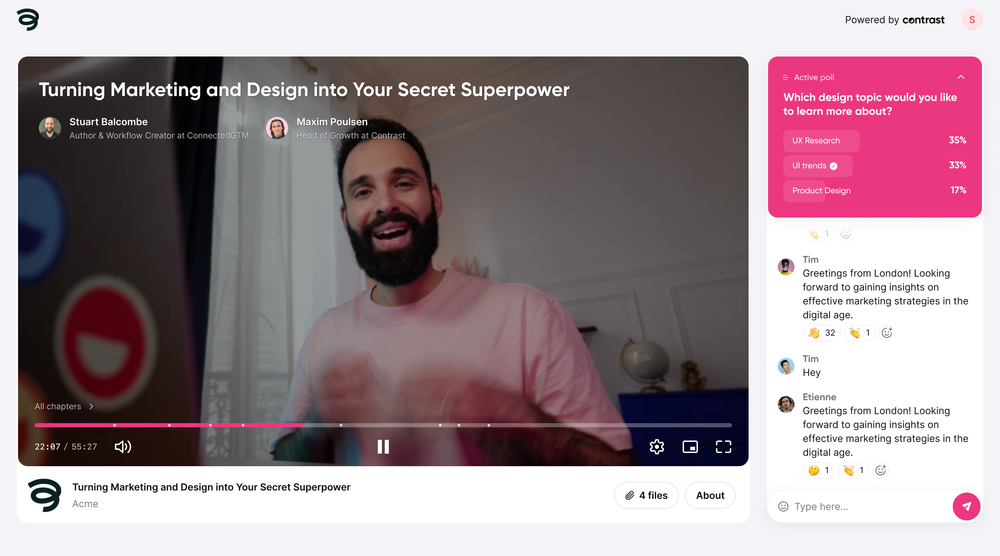
You get support for live webinars, automated sessions, and simulive formats in one intuitive interface. This gives your team the ability to pivot quickly, test different formats, and respond to audience preferences with ease.
Features to Engage and Convert Your Audience
Engagement isn’t just a buzzword it’s the heart of performance. That’s why Contrast includes tools like live chat, interactive polls, screen sharing, and dynamic layouts that adapt to your content. Whether it’s a small customer training or a big audience demo, your presenters stay in control and your audience stays connected.
Add in features like Q&A moderation, audience segmentation, and engagement tracking, and you have everything you need to turn viewers into customers.
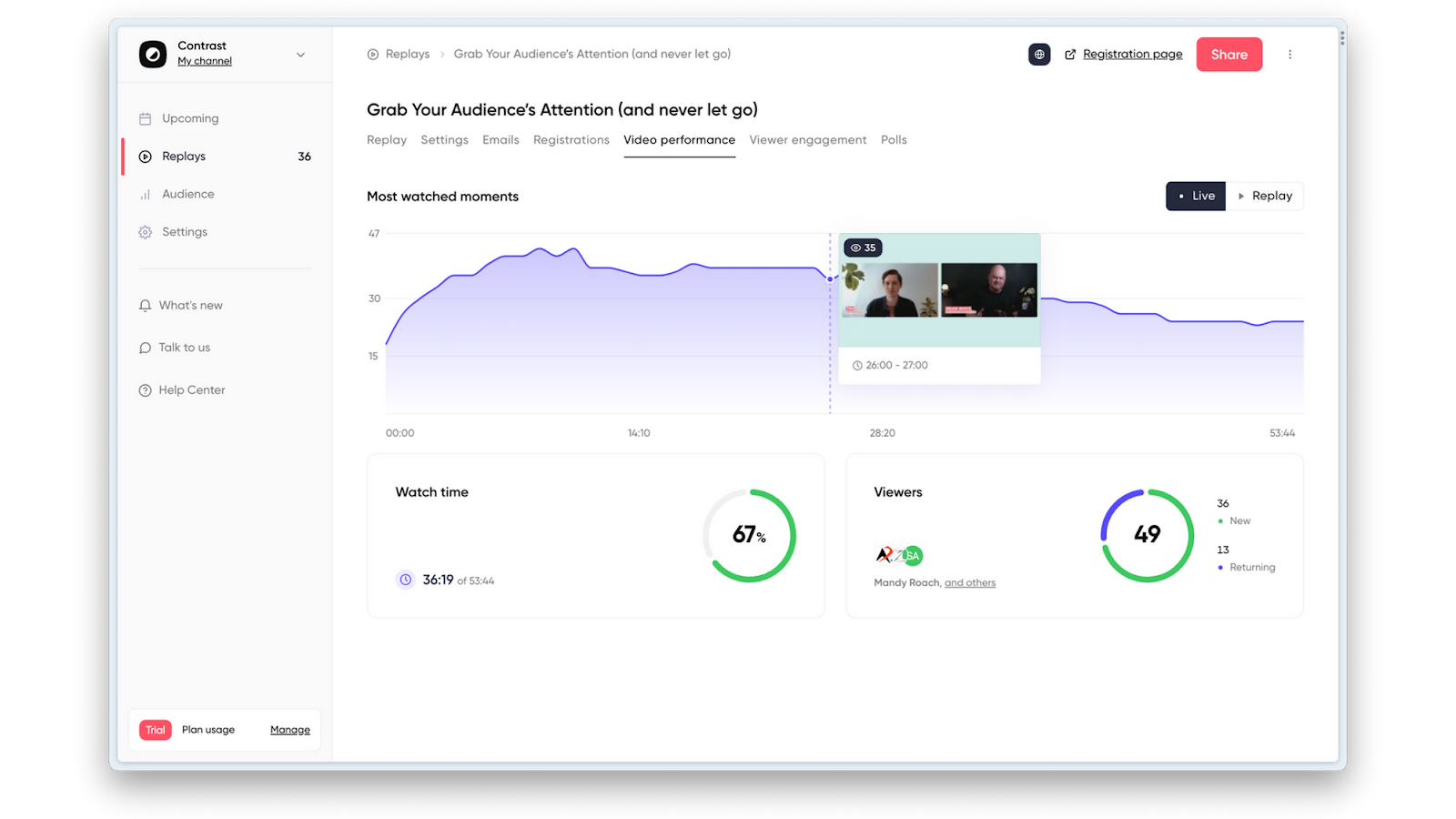
Automate with Ease: From Recording to Evergreen Funnel
Want to go evergreen? Contrast’s automation features make it easy to turn any recorded webinar into a lead-generating machine. Upload your video, schedule your sessions, and customize your chat and CTA flows. Done.
Our platform handles webinar automation so you don’t have to sweat the technical setup. Whether you want to simulate a live stream, build an onboarding journey, or send nurture leads into an always-on content hub, we’ve got you covered.
How Teams Use Contrast for Scalable Webinar Marketing
Marketing teams across industries use Contrast to scale without sacrificing personalization. A typical workflow: host a live event to test content, then turn the recording into an automated series. Use integrations to sync data to your CRM, segment by engagement, and generate leads with less manual effort.
Our users love that they can reach a larger audience, track performance, and repurpose content without needing a full production team.
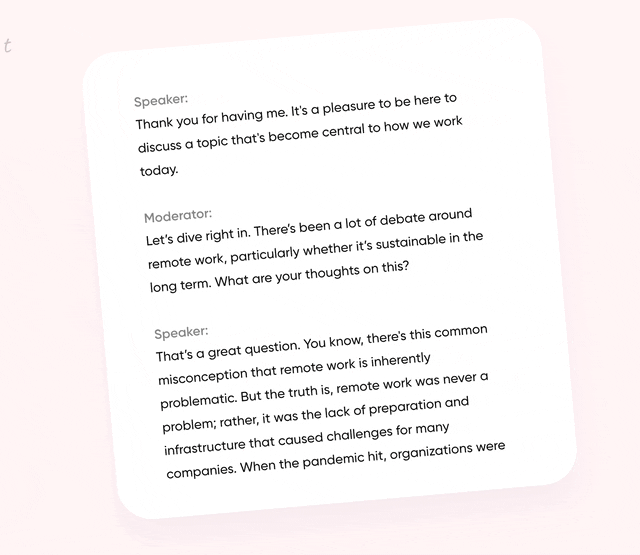
How to Choose the Right Format for Your Webinar
Start With Your Goals: Lead Gen, Brand, Training?
Before picking a format, ask: What are we trying to achieve? If your goal is lead generation, both formats work but differently. A live webinar can convert warm leads faster, while an automated one builds ongoing pipeline.
If you’re focused on training or internal communication, think about repeatability. Create a webinar once with the automated format, and reuse it again and again. If you're going for brand visibility, live thought leadership events can create buzz and boost credibility.
Know Your Audience: Timing, Needs, Attention Span
When are your viewers most likely to show up? Are they expecting a casual watch or a hands-on experience?
A busy executive audience may prefer an on-demand replay. A community-focused B2B segment might love a live session with Q&A. Match your format to their availability, attention span, and expectation for interaction vs convenience.
Consider Your Internal Resources and Tech Stack
Let’s be real live webinars take time. They require coordination, presenters, rehearsal, and tech checks. You’ll need the bandwidth and support to pull it off, especially if you're hosting multiple sessions per week.
Automated webinars are more resource-friendly. Record once, schedule, and let your funnel run. If you have a lean team or are just getting started, automation might help you get results faster with less overhead.
Can You Repurpose the Content? Build Evergreen Value
Think long-term. Can this webinar be reused?
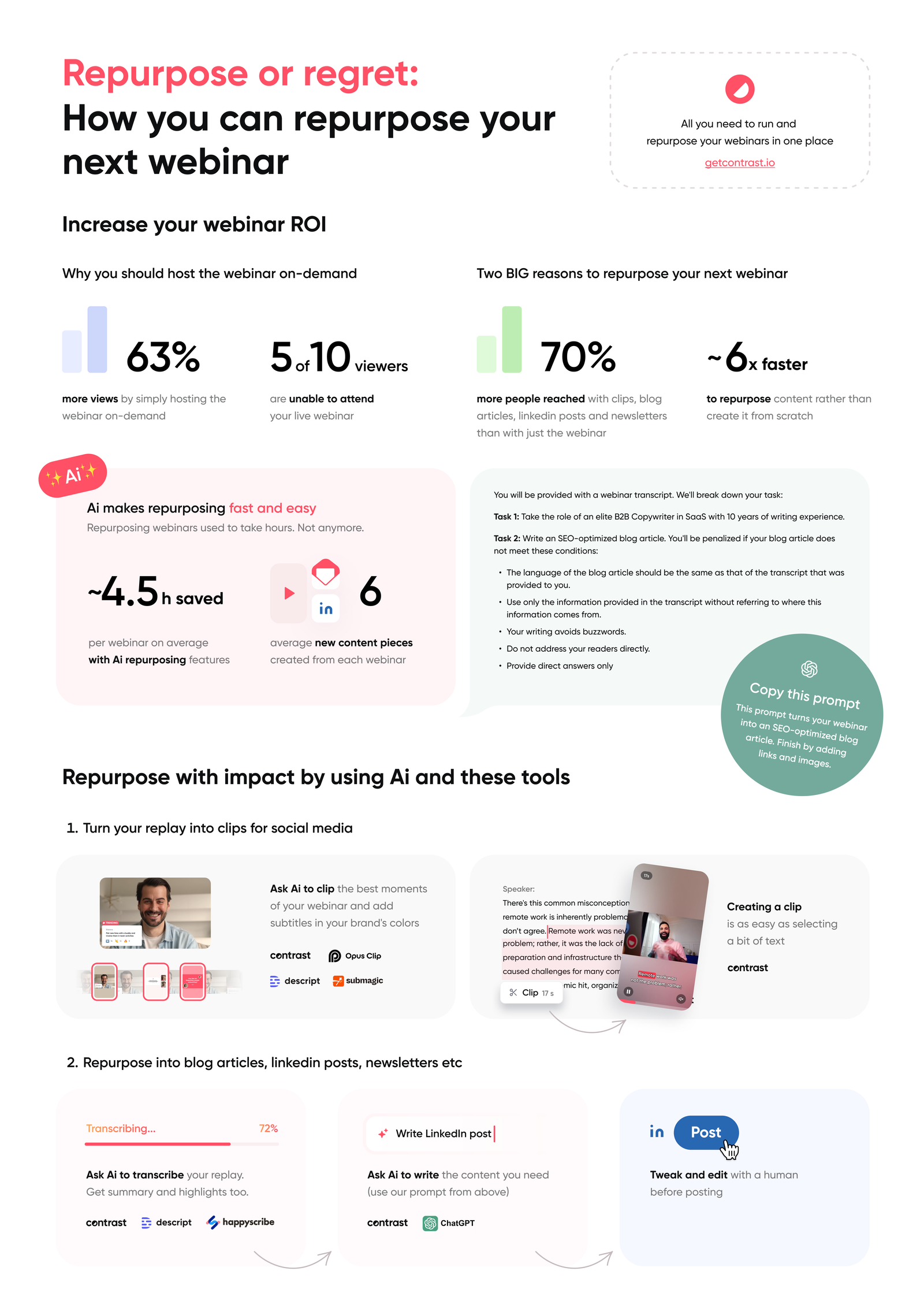
With either format, a strong webinar recording can be repurposed into shorter clips, gated assets, podcasts, or blog posts. If that’s your strategy, automated might be better it’s built for longevity and consistency. Just make sure your platform supports archiving and content reuse workflows.
Mix Formats to Maximize Engagement Over Time
There’s no rule that says you can’t do both. In fact, the best strategies blend live and automated formats.
You can host a live event to create buzz, then republish it as a simulive or evergreen webinar. This way, you get the benefit of live interaction and the efficiency of automation. With platforms like Contrast, it’s all integrated no switching, exporting, or hacking necessary.
